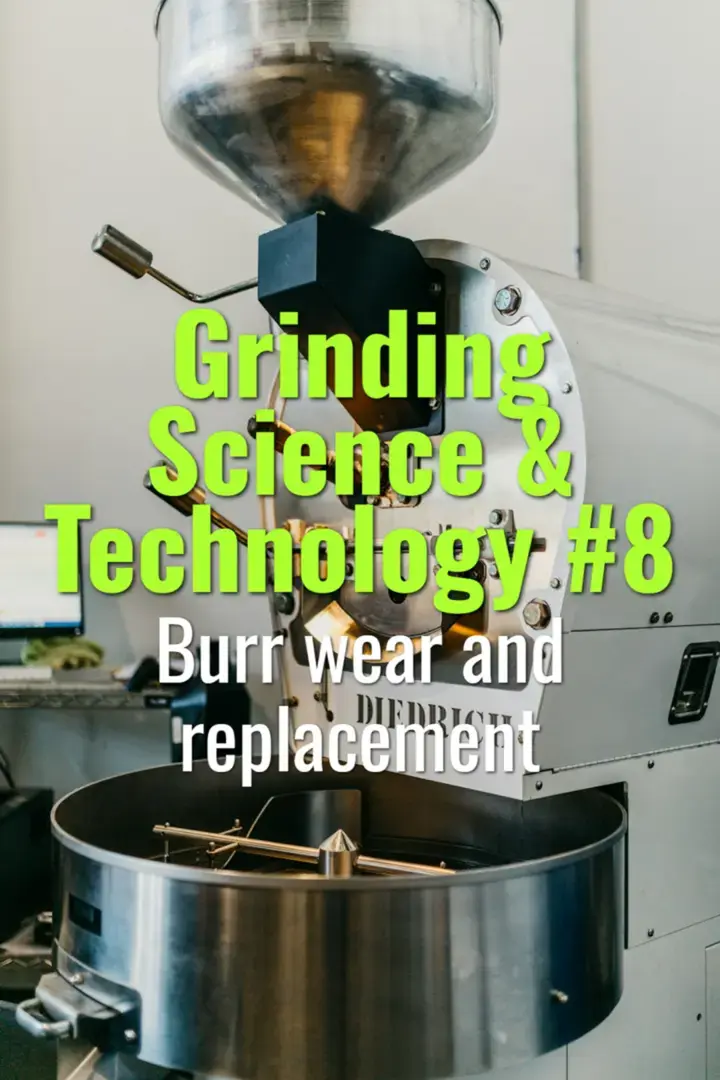Burr wear and replacement
How burr wear affects grind consistency and flavor, and when to replace them for optimal performance.
- Coffee Basics Nerds
- 1 min read

Key Concepts
-
Burr Wear:
-
Burrs gradually lose sharpness with use, causing inconsistent particle sizes.
-
Worn burrs lead to more fines or larger particles, affecting extraction and flavor balance.
-
Indicators of Wear:
-
Longer extraction times for the same grind setting.
-
Increased variability in particle size distribution.
-
Noticeable flavor defects such as sourness or over-extraction.
-
Replacement Guidelines:
-
Frequency depends on grinder type, bean hardness, and daily throughput.
-
High-volume commercial grinders may need burr replacement every 500–1000 kg of coffee.
-
Home grinders might last 1–2 years depending on use.
-
Maintenance Tips:
-
Clean burrs regularly to prevent buildup that accelerates wear.
-
Document usage and monitor extraction times to detect gradual wear.
-
Keep a spare set of burrs for timely replacement to maintain consistency.
Summary
Regular monitoring and timely replacement of burrs ensure consistent grind quality, optimal extraction, and preservation of coffee flavor profiles.